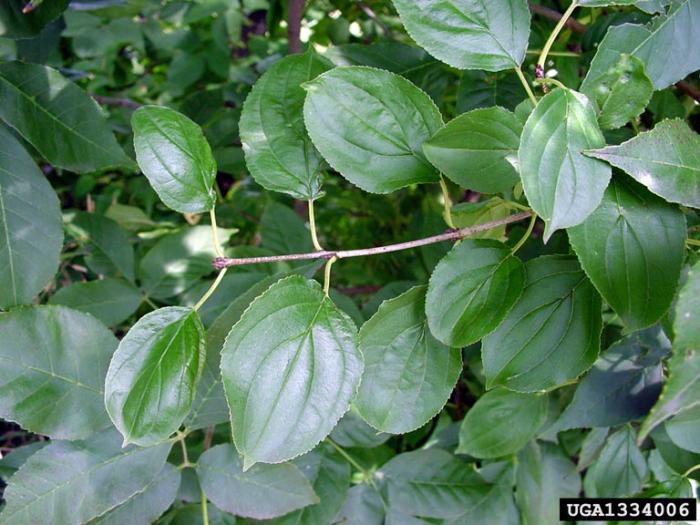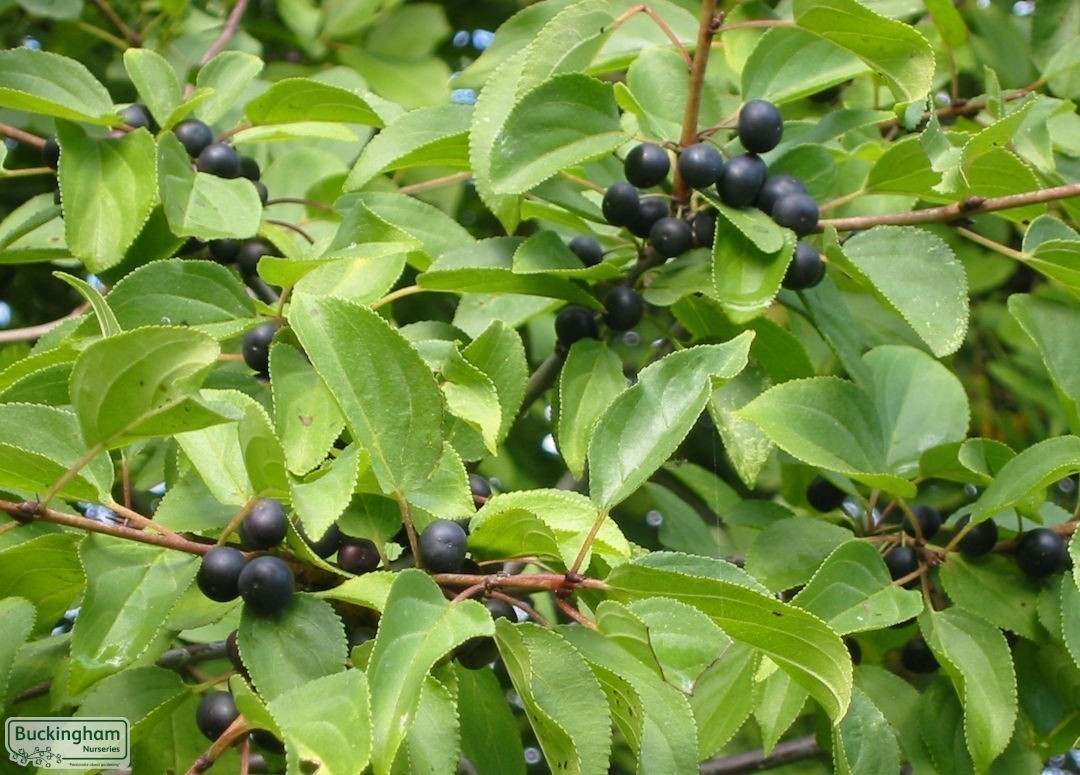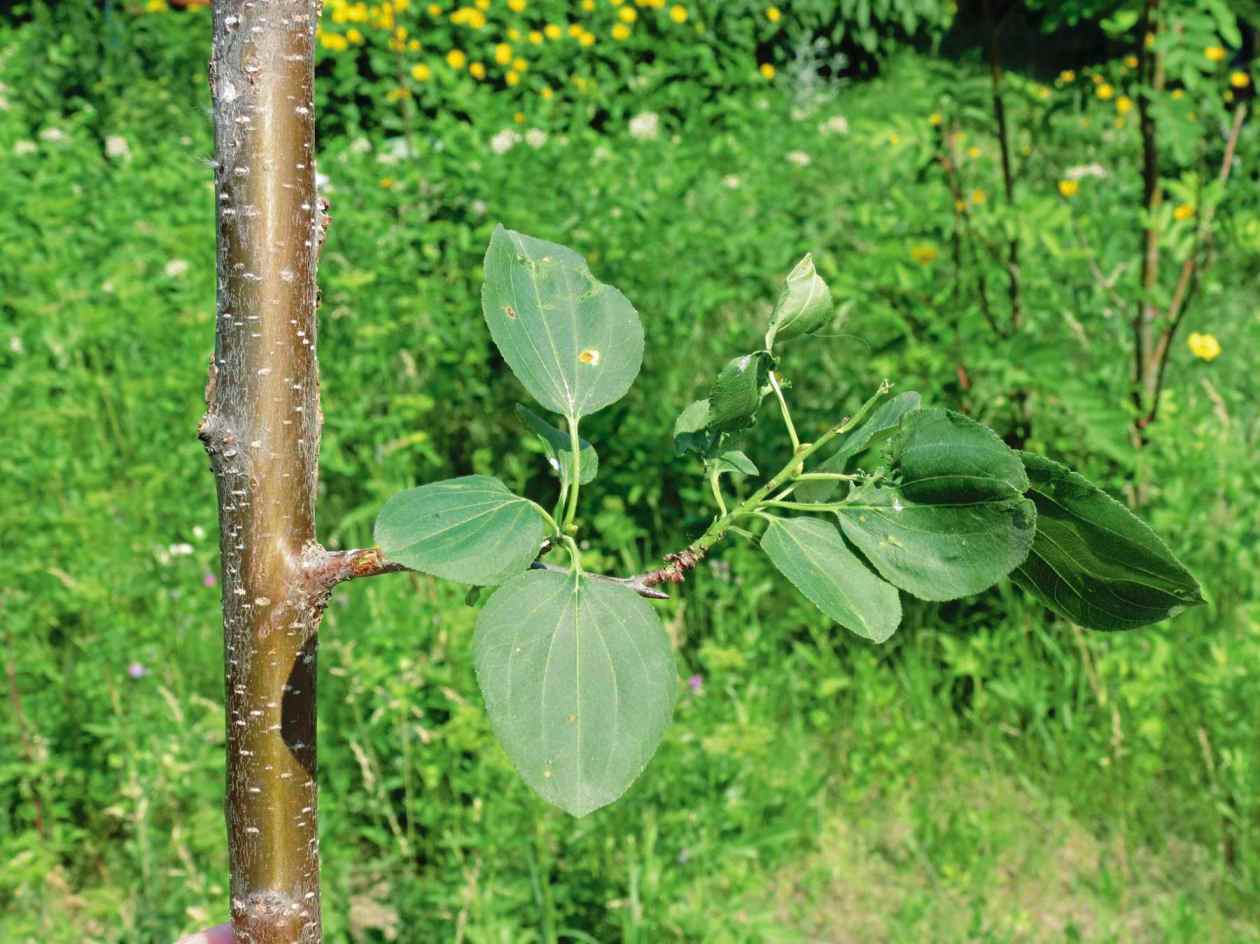How To
Title: How to Write a Blog Post
Introduction:
A blog post is a great way to share your thoughts and ideas with the world. It can also be a great way to build your personal brand or promote your business. But if you've never written a blog post before, it can be daunting to know where to start.
That's where this blog post comes in. In this post, I'll walk you through the steps of writing a blog post, from coming up with a topic to promoting your post once it's published.
Main Content:
Step 1: Choose a topic
The first step is to choose a topic for your blog post. This can be anything you're interested in or passionate about. It can be a personal experience, a current event, or a topic related to your business or industry.
Once you've chosen a topic, take some time to brainstorm ideas. What do you want to say about this topic? What are your thoughts and opinions? What information do you want to share?
Step 2: Do your research
Once you have some ideas, it's time to do some research. This will help you to gather information and support your points. You can do research online, in books, or by talking to experts.
Step 3: Write an outline
Once you've done your research, it's time to write an outline for your blog post. This will help you to organize your thoughts and make sure that your post flows well.
Your outline should include the following sections:
- Introduction
- Body paragraphs
- Conclusion
Step 4: Write the introduction
The introduction is the first thing that your readers will see, so it's important to make a good impression. Your introduction should grab your readers' attention and give them a reason to keep reading.
Step 5: Write the body paragraphs
The body paragraphs are the heart of your blog post. This is where you'll share your thoughts and ideas on the topic. Each body paragraph should focus on one main point.
Step 6: Write the conclusion
The conclusion is your last chance to make a lasting impression on your readers. In your conclusion, you should summarize the main points of your blog post and leave your readers with something to think about.
Step 7: Proofread your post
Before you hit publish, it's important to proofread your blog post carefully. This will help you to catch any errors in grammar or spelling.
Step 8: Promote your post
Once you've published your blog post, it's time to promote it. You can promote your post on social media, submit it to directories, or email it to your subscribers.
Conclusion:
Writing a blog post can be a lot of work, but it's also a lot of fun. And the more you write, the better you'll get at it. So don't be afraid to give it a try.
Common buckthorn is an invasive species that can cause a lot of damage to native plants and wildlife. If you see common buckthorn on your property, it is important to remove it as soon as possible. You can learn more about common buckthorn and how to control it by visiting Home Gardening.
FAQ of common buckthorn
- What is common buckthorn?
Common buckthorn (Rhamnus cathartica) is a highly invasive perennial understory shrub or small tree that can reach heights of 20-30 feet and 10 inches in diameter. It is native to Europe and Asia, but was introduced to North America in the 1700s as an ornamental plant. Common buckthorn is now considered an invasive species in many parts of North America, where it can outcompete native plants and degrade wildlife habitat.
- What are the characteristics of common buckthorn?
Common buckthorn has a number of distinctive characteristics that can help you identify it. These include:
* Tall, upright growth habit
* Alternate, simple leaves that are 2-4 inches long and oval-shaped
* Small, greenish-white flowers that bloom in spring
* Dark brown bark with corky projections
* Black, berry-like fruits that ripen in fall
- What are the problems caused by common buckthorn?
Common buckthorn can cause a number of problems, including:
* Outcompetes native plants
* Degrades wildlife habitat
* Forms dense thickets that make it difficult for people and animals to pass through
* Contributes to erosion
* Can harbor pests and diseases
- How can I control common buckthorn?
There are a number of ways to control common buckthorn, including:
* Manual removal: This is the most effective way to control small infestations of common buckthorn. Remove all of the plant, including the roots.
* Chemical control: There are a number of herbicides that can be used to kill common buckthorn. Be sure to follow the label instructions carefully when using herbicides.
* Biological control: There are a number of insects and diseases that can be used to control common buckthorn. These methods are often slower-acting than chemical control, but they can be effective in the long term.
- How can I prevent the spread of common buckthorn?
The best way to prevent the spread of common buckthorn is to not plant it in your yard. If you already have common buckthorn on your property, take steps to control it so that it does not spread to other areas. These steps may include:
* Manually removing any new plants that emerge
* Applying herbicides to prevent new growth
* Planting native plants that will compete with common buckthorn
Image of common buckthorn
10 different images of common buckthorn that are free to use:
- A close-up of the leaves of a common buckthorn plant. The leaves are oval-shaped and have serrated edges. They are dark green in color and have a glossy sheen.
- A view of a common buckthorn plant in full bloom. The flowers are small and white, and they are clustered together in small groups. The flowers have a sweet smell.
- A view of a common buckthorn plant's fruits. The fruits are small and black, and they have a hard outer shell. The fruits are poisonous to humans and animals.
- A view of a common buckthorn plant's bark. The bark is brown and smooth, and it has a slightly ridged texture. The bark is also very tough and resilient.

- A view of a common buckthorn plant's roots. The roots are thick and gnarled, and they can grow to be very large. The roots are also very invasive, and they can crowd out native plant species.

- A view of a common buckthorn plant growing in a forest. The plant is a tall shrub or small tree, and it can grow to be up to 20 feet tall. The plant has a dense canopy, and it can shade out native plant species.
- A view of a common buckthorn plant growing in a field. The plant is a prolific grower, and it can quickly take over an area. The plant is also a host plant for the buckthorn psyllid, an insect that can damage native plant species.

- A view of a common buckthorn plant along a riverbank. The plant is a water-loving species, and it can often be found growing in moist areas. The plant's roots can help to stabilize riverbanks and prevent erosion.

- A view of a common buckthorn plant in a hedgerow. The plant is a popular choice for hedgerows because it is a fast-growing and thorny species. However, the plant can also be invasive, and it can crowd out native plant species.

- A view of a common buckthorn plant being removed from an area. The plant is a common target of invasive species removal programs. The plant can be removed by cutting it down, digging it up, or using herbicides.

Post a Comment for "How To"